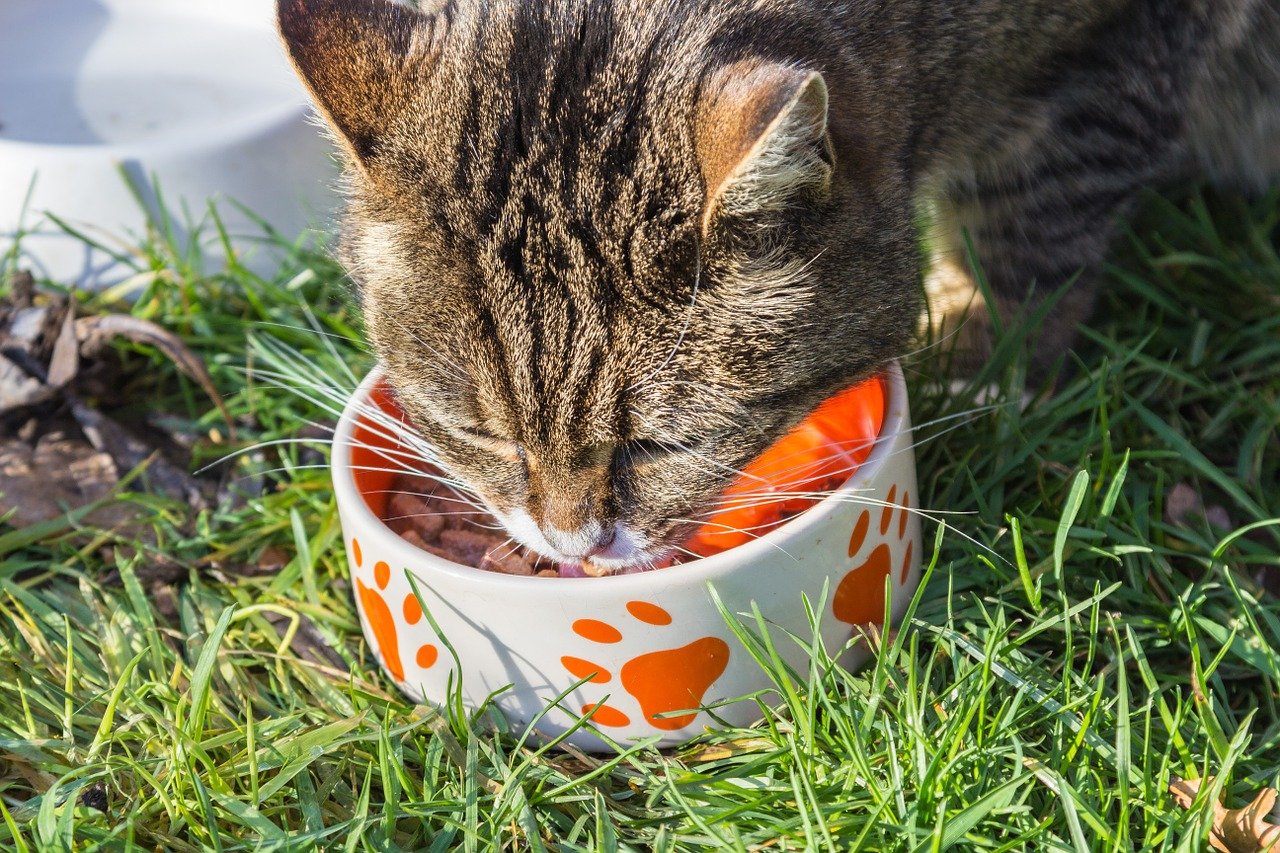Seven Ways to Encourage a Picky Cat to Eat
Today, on Redhead Mom, I’m sharing a partnered guest about Seven Ways to Encourage a Picky Cat to Eat.

Anyone who has or has had a cat will know that they are notorious for being fussy eaters. Some cats will eat anything that they can get their hands on, while others will turn up their nose at a meal for simply being the wrong brand, flavour, or because their food bowl is slightly out of place. Dealing with a picky eater can be very frustrating for cat parents, especially if you’ve tried everything that you can think of and your cat is simply refusing to eat. Maybe you’ve got five different types of cat food in your kitchen that your cat sniffed and walked away from and you feel like you’ve fed the cats at the local shelter more than you have your own. Thankfully, there are some things that you can do to encourage a fussy cat to actually eat. If your cat has no problem eating, you may consider getting an Organic cat litter to keep your home clean.
Consider Raw Feeding
Cats have a very keen sense of smell and taste, and for many of them, any old cat food simply isn’t good enough. Many cats prefer to eat their food when it is fresh and smelling good and you really don’t get much fresher than raw cat food. Raw feeding is becoming more and more popular with cat owners because it’s very nutritious and mimics the type of diet that your cat would probably feed herself if she were in the wild. If your cat won’t even consider the idea of eating kibble or commercial wet food, consider raw cat food instead. Bella & Duke make it really easy to get started feeding raw to your cat with prepared meals that you can buy in bulk and plenty of advice on how to get started.
Make Sure That Your Cat is Hungry
Your cat might not be eating simply because they aren’t hungry. If they’re an outdoor cat, this could mean that you’ve got a neighbour who’s sneaking food to your cat, or perhaps it’s because you always have food out for them. Cats who are free-fed will typically graze all the time, which doesn’t leave them with much chance to get hungry. And, it makes it harder for you to control how much they are eating which increases their risk of becoming overweight or obese. This can lead to serious health problems. Withholding food for twelve hours can help you determine whether your cat is actually fussy or whether they are just always full. Then, instead of free-feeding, give your cat two to three meals served at set times throughout the day.
Consider Other Cats
Some cats love to eat with company while others prefer to enjoy their meals on their own. If you have multiple cats in the household and tend to feed them altogether, the fussy one might actually just want to be able to eat on his own. Try feeding your cat in a separate room to the others to see if he will eat the food when he’s not being distracted. If your cat tends to come back to the food bowls to eat everyone’s leftovers when she is on her own, this is a good sign that she might benefit from some privacy when eating. If you’ve recently introduced a new cat into your household, you should never try to feed him with your other cats straight away. Set up a designated room in the home for the new cat and feed her in there until she has settled in and has gotten used to your other pets.
Change the Food Bowl
It’s also worth thinking about the type of bowl that you are giving your cat to eat out of. Since cats can be quite sensitive to both smell and taste, certain bowls made from metal or plastic might be changing the flavour of the food and affecting your cat’s appetite as a result. Plastic and metal can give off odours, particularly when it’s warm, which might be putting your cat off their food before they’ve even taken a bite. Ceramic bowls are typically a good choice for feeding your cat. It is also worth thinking about the shape of the bowl and how easy it is for your cat to eat out of it. Deep bowls mean that your cat has to reach their head right down into it to eat, which result in a lot of whisker-knocking that can be very off-putting. Switching to a shallow bowl might help to solve your problem.
Opt for Strong-Smelling Food
You can use the cat’s strong sense of smell to your advantage when trying to encourage them to eat new food. Feeding something that smells really strong can be very effective in tempting your cat to at least take a bite. This is where raw food can come in very handy as it often has a much stronger smell to it compared to kibble and other commercial cat foods, making it harder for your cat to resist their meal. You might also want to try sprinkling something tantalising on the top of your cat’s food like tuna, chicken, or a little bit of grated parmesan. Don’t worry if all they do at first is lick the topping off; eventually, they should be tempted to start tucking into the rest of the meal.
Hand Feeding
If you’ve tried all of the above and your cat is still resisting, don’t worry as there’s still more that you can try. Hand-feeding is often the last resort but if it has come to this and you’re really worried about your cat’s continued refusal to eat, it might just work. Put a little bit of food on your finger and offer it to your cat as a treat. Let them lick it off and remember not to force it on them. Trying to force-feed your cat runs the risk of creating a food aversion which can only make your problem worse in the future. If your cat is more of a social eater and enjoys being petted, try giving them some attention by talking to them and stroking their head while they eat.
Go to the Vet
Finally, if your cat really doesn’t want to eat and you’ve tried everything, you might be dealing with something more serious than just a fussy eater. A loss of appetite can be caused by several different health conditions, so if your cat is refusing their food, it’s worth taking them to a pet hospital to be checked over by the vet who can figure out if there is an underlying health cause. Ensure your cat’s health by choosing the right flea treatment. Discover reliable and vet-approved flea treatment for cats at Petwell. If your cat was eating normally and then suddenly started refusing their food seemingly out of nowhere, this could be an indication that something is wrong with their health, and it’s best to get them checked out straight away. If there are no health problems found, your vet may be able to help by prescribing appetite stimulants such as diazepam, which can be very useful for giving your cat a short-term appetite boost that should hopefully get them back into their normal mealtime routine.
Cats have a bit of a name for themselves when it comes to being fussy eaters, but there’s still hope for your picky cat. If your cat doesn’t like anything that’s put in front of her, give these tips a try to encourage her to eat more.
[wl_faceted_search]











I have a picky eater. Pippin sometimes won’t eat unless someone is watching. Not from across the room, either. You have t stand right by him and watch him eat, and make eye contact when he occasionally looks over to check that you’re paying attention.
Other times, when he occasionally turns up his nose at his can food, we add “sprinkles.” Just a few pieces of his ordinary dry kibble sprinkled over the top of the canned food.
This is a cat who, on the first day we brought him home as a “teenager”, threw up bugs and bits of plastic he’d been eating out of the trash in a parking lot.
So, maybe he’s less of a “picky” eater than a “spoiled rotten” eater.